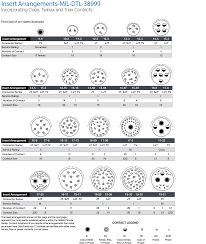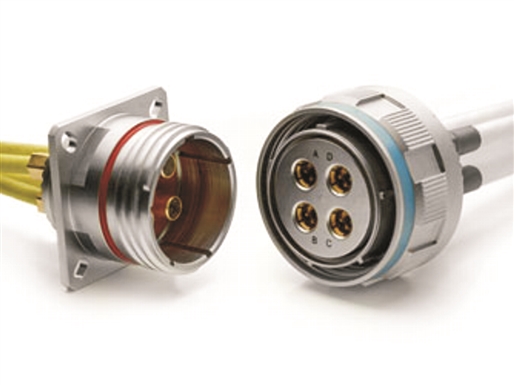So I've inherited a a mobile installation project. The power cable connection on to External control equipment uses a dedicated port with a MIL-DTL-38999 connector.
The inrush when the charging system is engaged trips the RCD when it is set to 30mA. My predecessor determined that the connection is not classified as a socket and increased the RCD trip current to 300mA.
Given that it uses the 38999 connectors and it is solely dedicated to the dismounted control systems that form part of the system is this a valid assessment?

